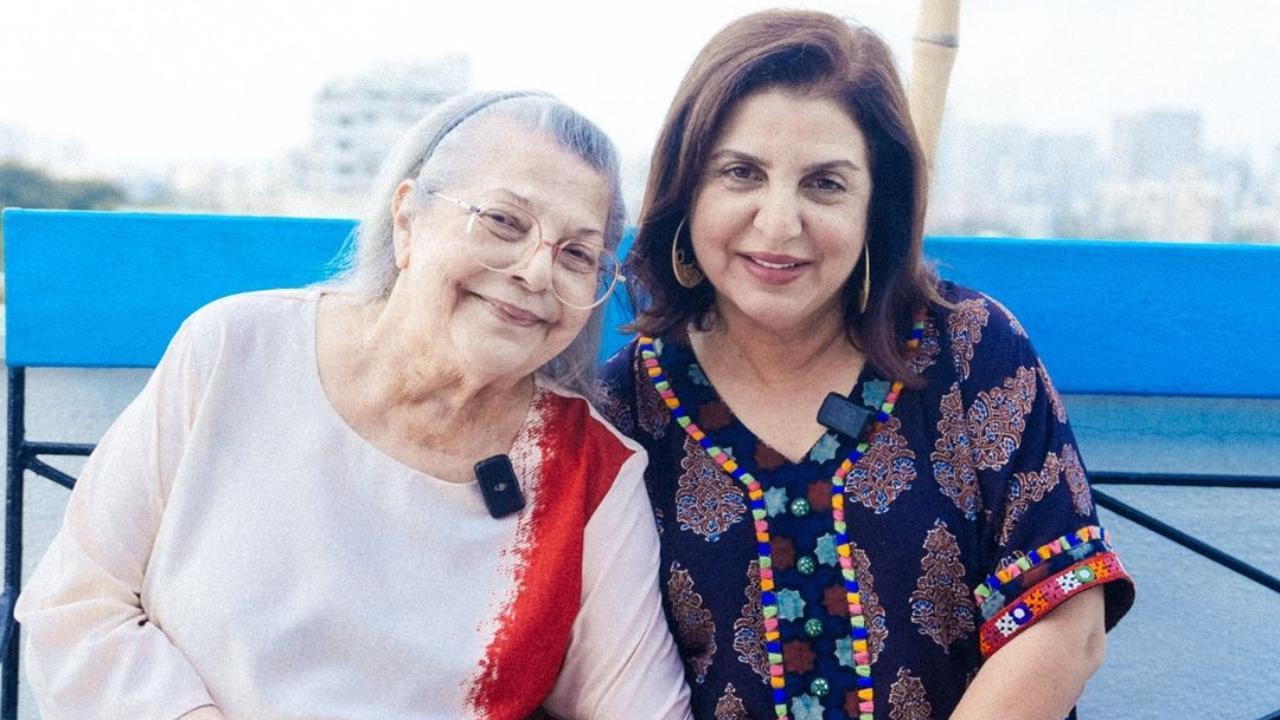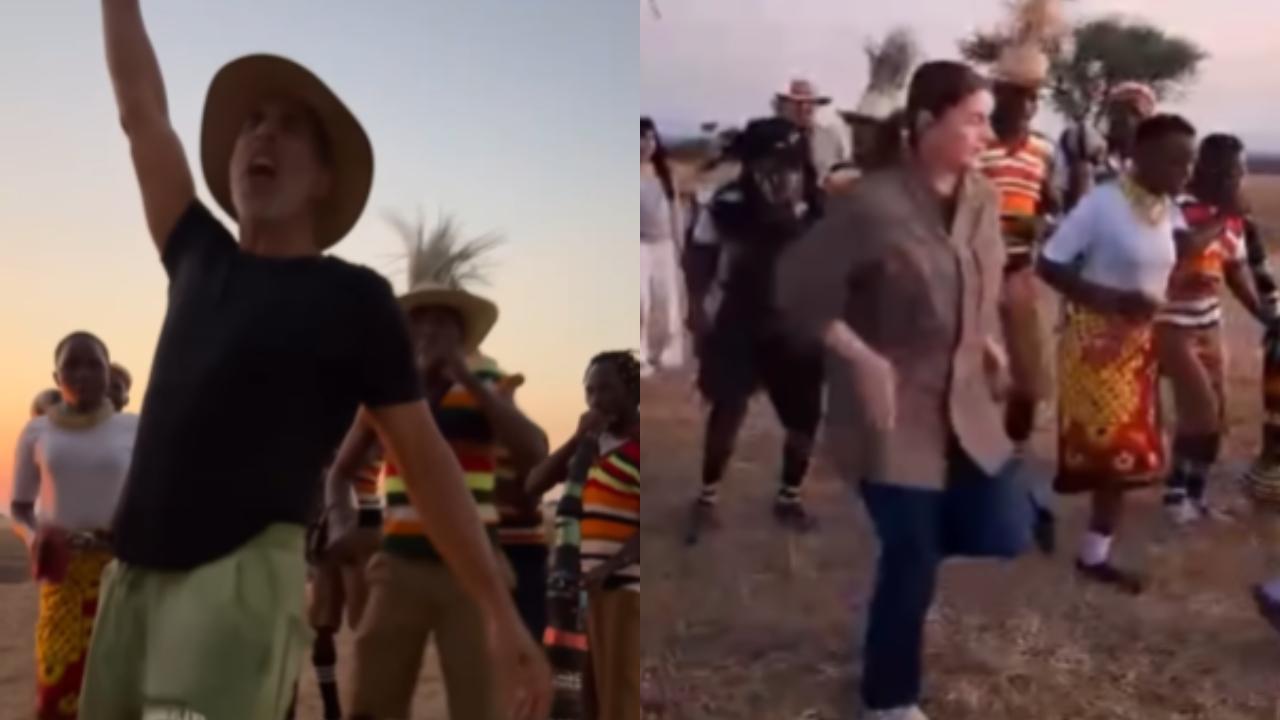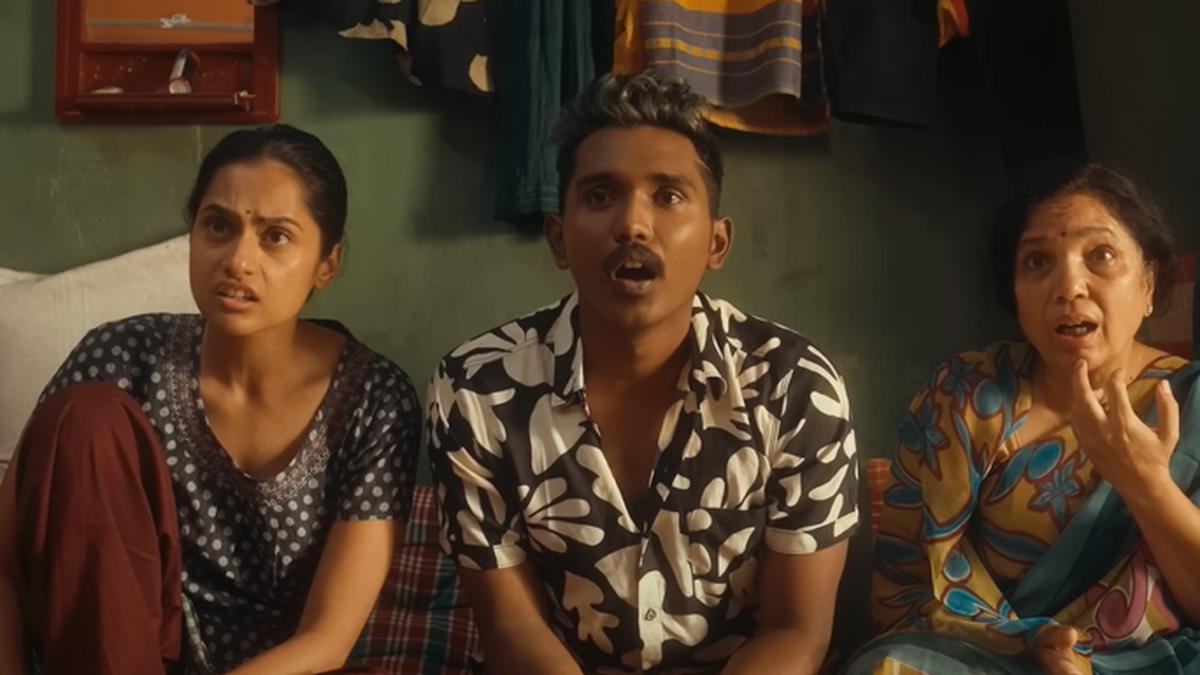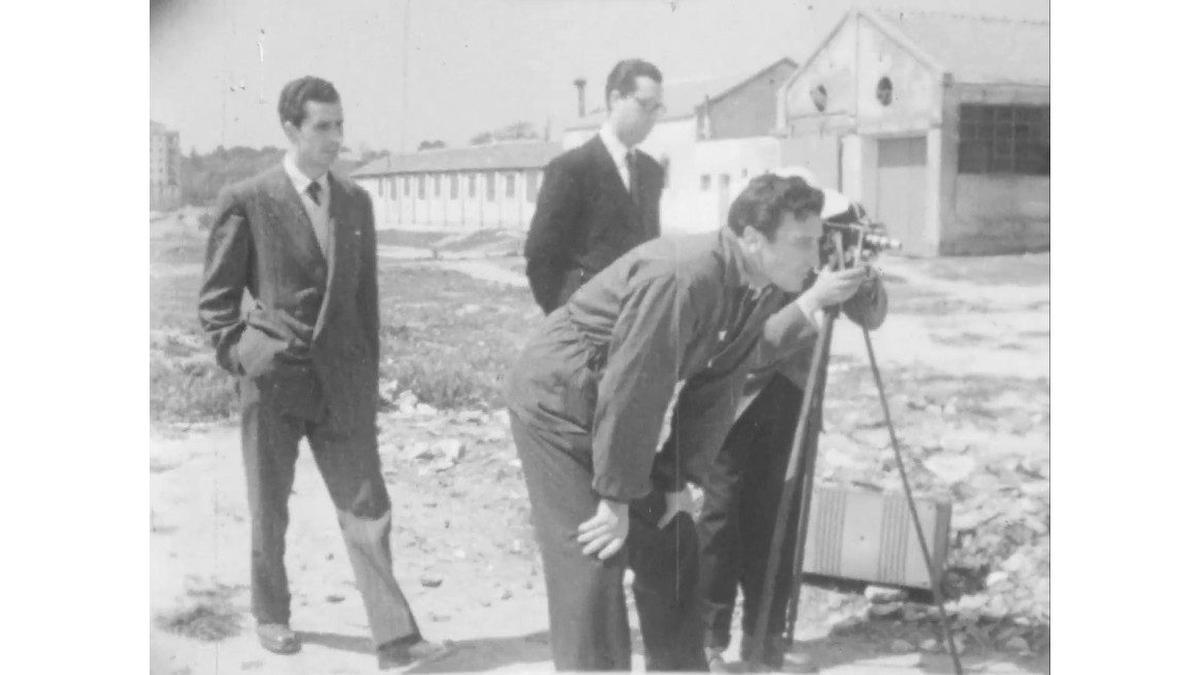
New Delhi: The year 2024 marked the release of the political thriller ‘Bastar: The Naxal Story,’ an Indian Hindi-language film directed by Sudipto Sen. Produced by Vipul Amrutlal Shah, the movie assembles an ensemble cast including Adah Sharma, Indira Tiwari, Vijay Krishna, Shilpa Shukla, Yashpal Sharma, Subrat Dutta, and Raima Sen. The film, which was formally announced in June 2023, drew its narrative from the real-life Naxalite–Maoist insurgency in Chhattisgarh’s Bastar district. Despite its potential, the film stumbled critically and commercially, resulting in a lukewarm reception and being labeled a box office bomb upon its 15 March 2024 release.
In a candid conversation, director Sudipto Sen shared the intricate details of the film’s conception and the challenges faced during its production. Reflecting on his previous success with ‘The Kerala Story’, Sen revealed that the initial research for ‘Bastar: The Naxal Story’ commenced well before 2014, stemming from his personal background in Jalpaiguri, North Bengal. This region was heavily affected by the Maoist movement. His co-writer, who had firsthand experience as an active participant in the movement, brought authenticity and depth to the script derived from decades of observation and engagement. Sen and his co-writer were aligned on the vision and execution, deciding to work on ‘Bastar’ concurrently with ‘The Kerala Story’.
Bastar district’s ascent to becoming the heart of the Naxalite-Maoist insurgency motivated Sen to dive deeper into this complex subject matter. He witnessed the growth and migration of the movement from its very roots in Naxalbari, located a mere 40 kilometers from his hometown. This personal connection fuelled his academic curiosity and led him to regularly visit Bastar over the years, weaving his understanding into the film’s fabric.
When questioned about shaping the film’s narrative, Sen emphasized his commitment to the personal journeys of characters Ratna and Neerja without straying from the larger socio-political context. He believed their stories encapsulated the entirety of Bastar, providing a medium through which he could intricately discuss local politics. The film, set against the backdrop of the contentious Salwa Judum period spanning 2005 to 2013, is portrayed as a poignant rendition of this turbulent era.
Sen’s storytelling exhibits a unique interplay between individual plights and the overarching ideological battle. The director’s intent to strike a balance between personal narratives and political commentary created a melange that attempted to humanize the insurgency while vocalizing the sensitive geopolitical dynamics of Bastar. Despite Sen’s finely tuned vision and the deeply ingrained research backing the script, the film failed to resonate with critics and audiences, leading to its disappointing performance at the box office.
The project’s ambition was high – not only to document a notorious chapter in India’s modern history but also to stimulate a more nuanced discussion on the tribulations faced by those embroiled in the decades-old conflict. Sen’s artistic approach could be seen as a brave venture into a narrative landscape replete with pitfalls and polarized perspectives.
The conversations with Sen shed light on the intricacies and the passion that filmmakers invest in projects, especially when tackling contentious historical episodes. ‘Bastar: The Naxal Story’ might not have achieved the success its creators hoped for, but it did not falter in its aim to provoke thought and showcase the entwined lives against a larger political framework. Through Sen’s lens, the movie may stand as a testament to the fact that even stories grounded in the deepest truths encounter challenges in transcription from the pages of history to the cinematic canvas.










